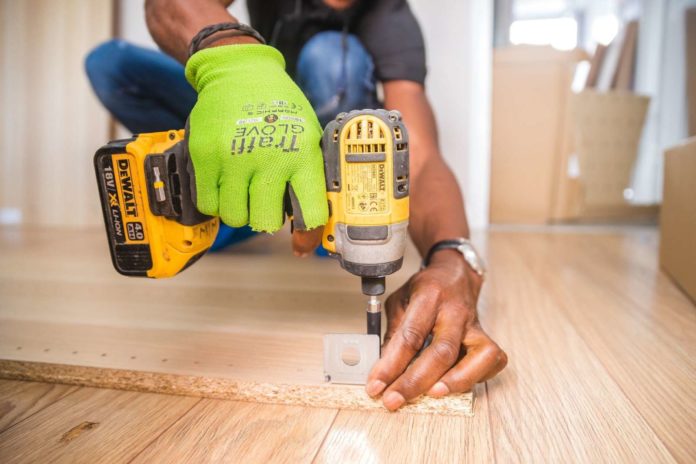If you have been reading over some of the specs offered with modern drills, you will often see features like hammer drills and impact drivers as features on the drills. They both create a repetitive hammer-like sound. Is there any difference between hammer action and impact driving features of drills?
So the short answer is that they are not the same thing. They are actually very different and each action is so diversely different that you would never be able to make use of hammer action to perform jobs that impact drivers are good at doing. Here is why.
What Is Hammer Action For?
A hammer drill will spin your drill bit in a way that will cause the tip of the drill bit to bang against the surface you are trying to penetrate. This is achieved using a setting on the drills clutch. There is a saw-like surface for the chuck to spin on that will cause it to climb up the slope before falling off the edge to trigger a sudden burst of force.
A hammer drill will only be functional when pressure is applied to it. This is why you will not hear the hammer sound when you are not pushing against a surface. When you push against the drilling surface, the hammer action will cause the drill bit to tap against the surface, harder if you lean harder. This will help you penetrate concrete and other hard surfaces.
What Is the Impact Driver Feature For?
Impact drivers are designed for pushing screws and other fasteners into surfaces. Screws and bolts are the most common uses people use impact drivers for. Have you ever been using a standard drill to drive a screw and it either breaks the head, shreds the screw thread or the drill just doesn’t have the torque to drive the screw any further? Well, this is where you would be whipping out your impact driver.
Let’s say you are using a wrench to tighten a bolt. If you pull with all your strength, a tight bolt might get a little tighter. If you get a hammer and start hitting the wrench, you will be able to get a little more out of it. Impact drivers sort of work the same way.
When they drive screws, bolts and other fasteners, rather than provide a constant level of force like a normal drill would, they provide it in small bursts. Power to the drill head sort of gets cut off as it builds up for one incredibly strong attempt at turning the screw.
Impact drivers have a lot of torque compared to normal drills and often have some intelligence inside to know when they are pushing a screw too far and when to provide more power based on how much resistance it is feeling.
Even though the sound is sort of like a hammer drill, the repetitive sounds you hear are actually the motor kicking in and out of connection with the chuck as it provides small bursts of spinning force to impact the bit that is driving the fastener.
